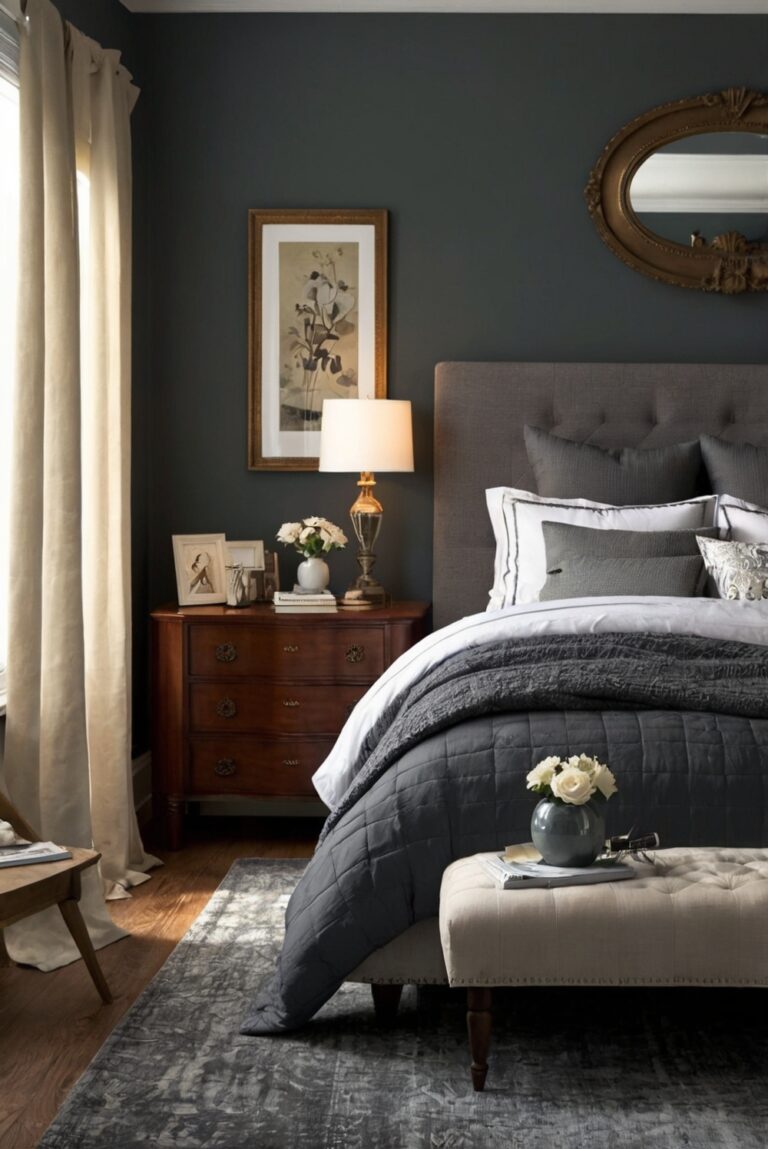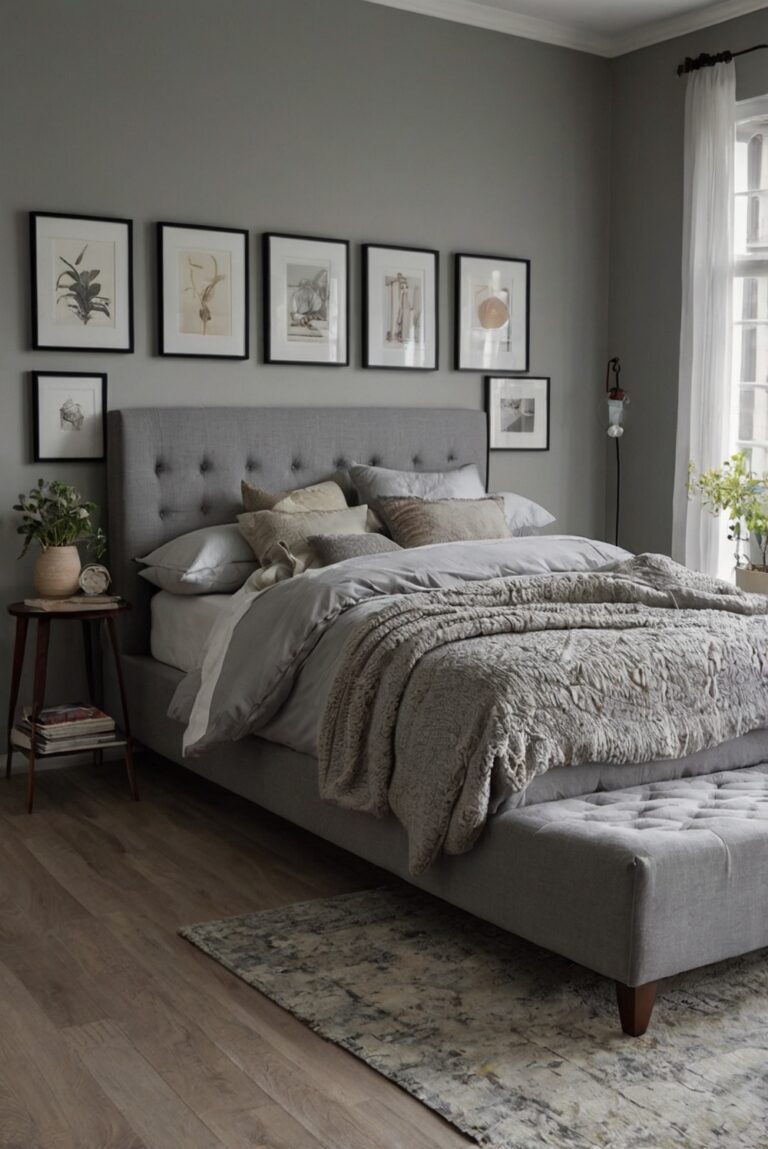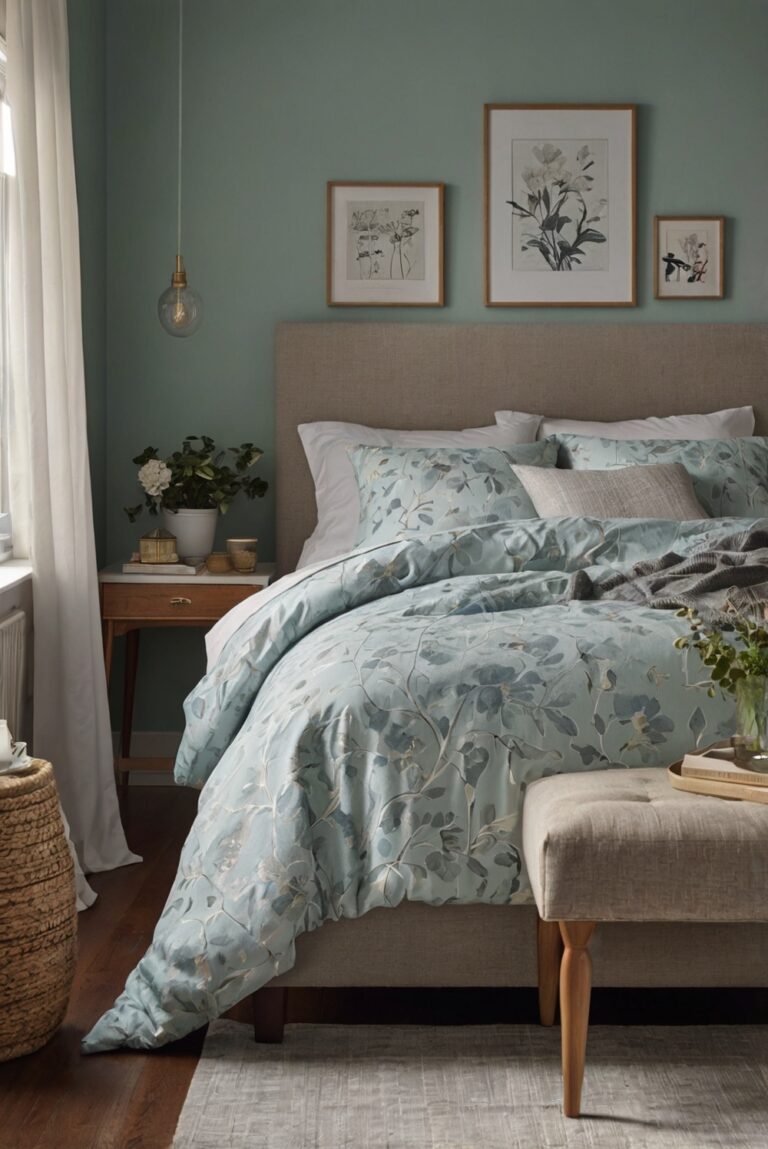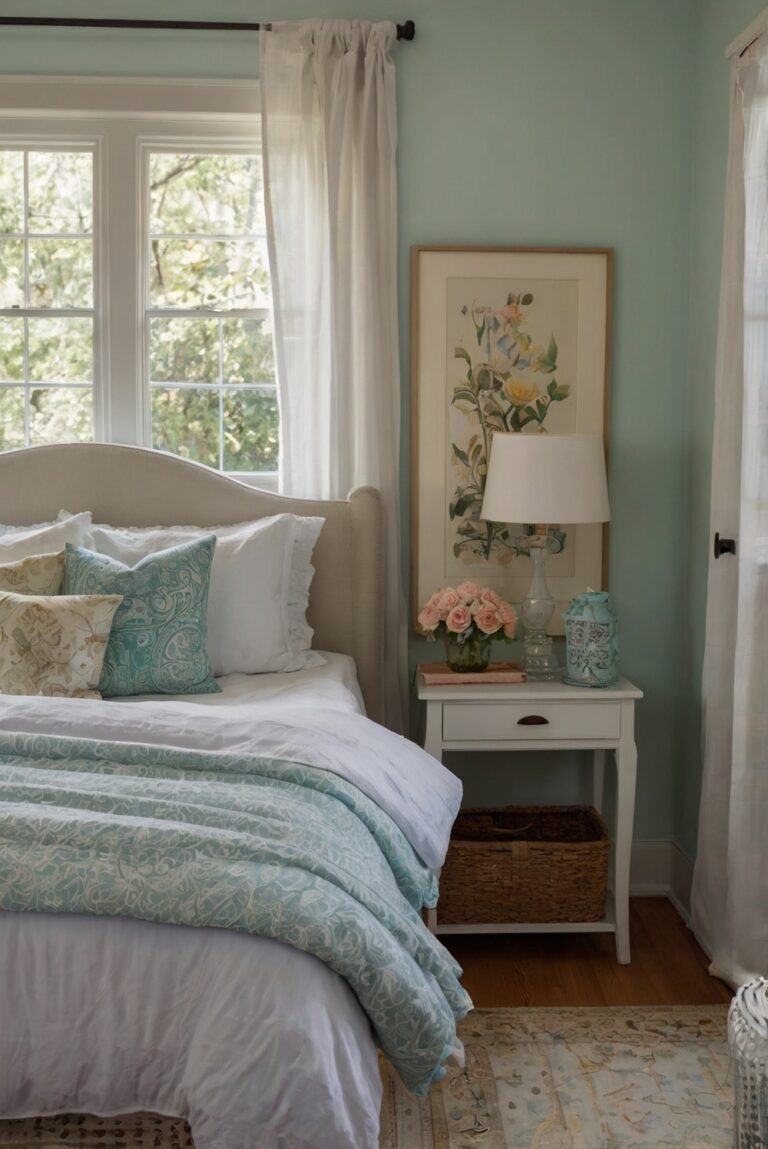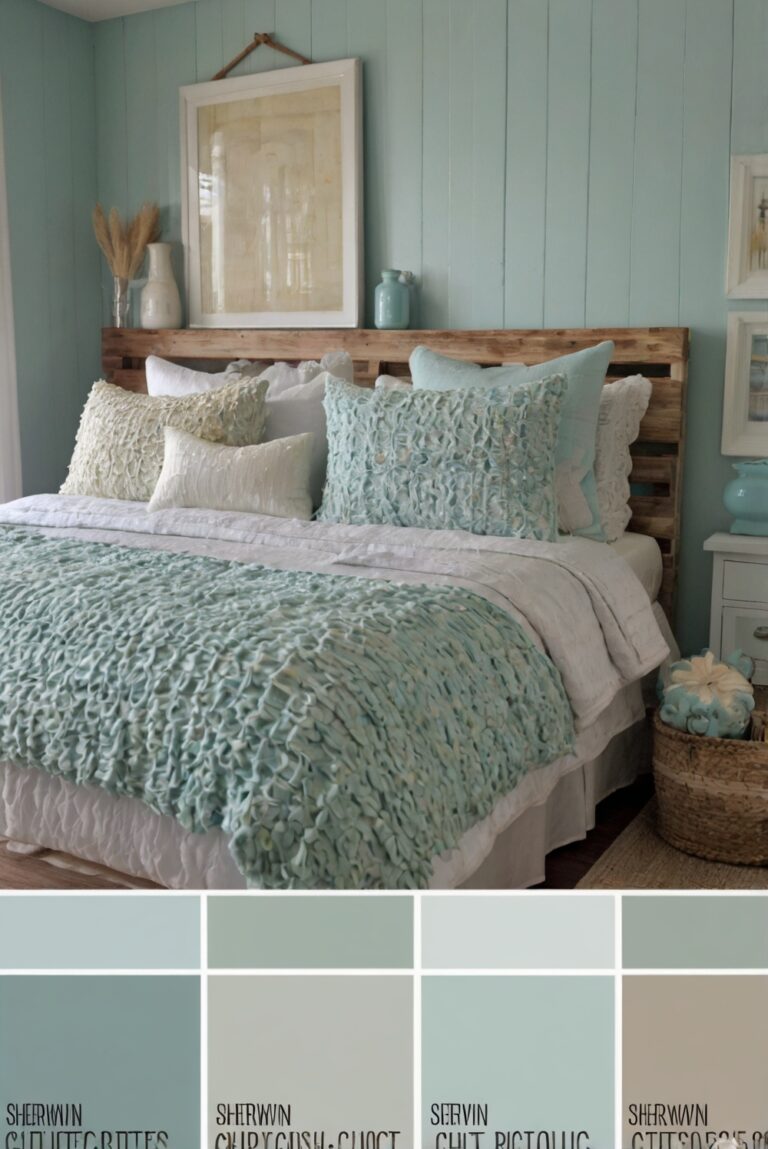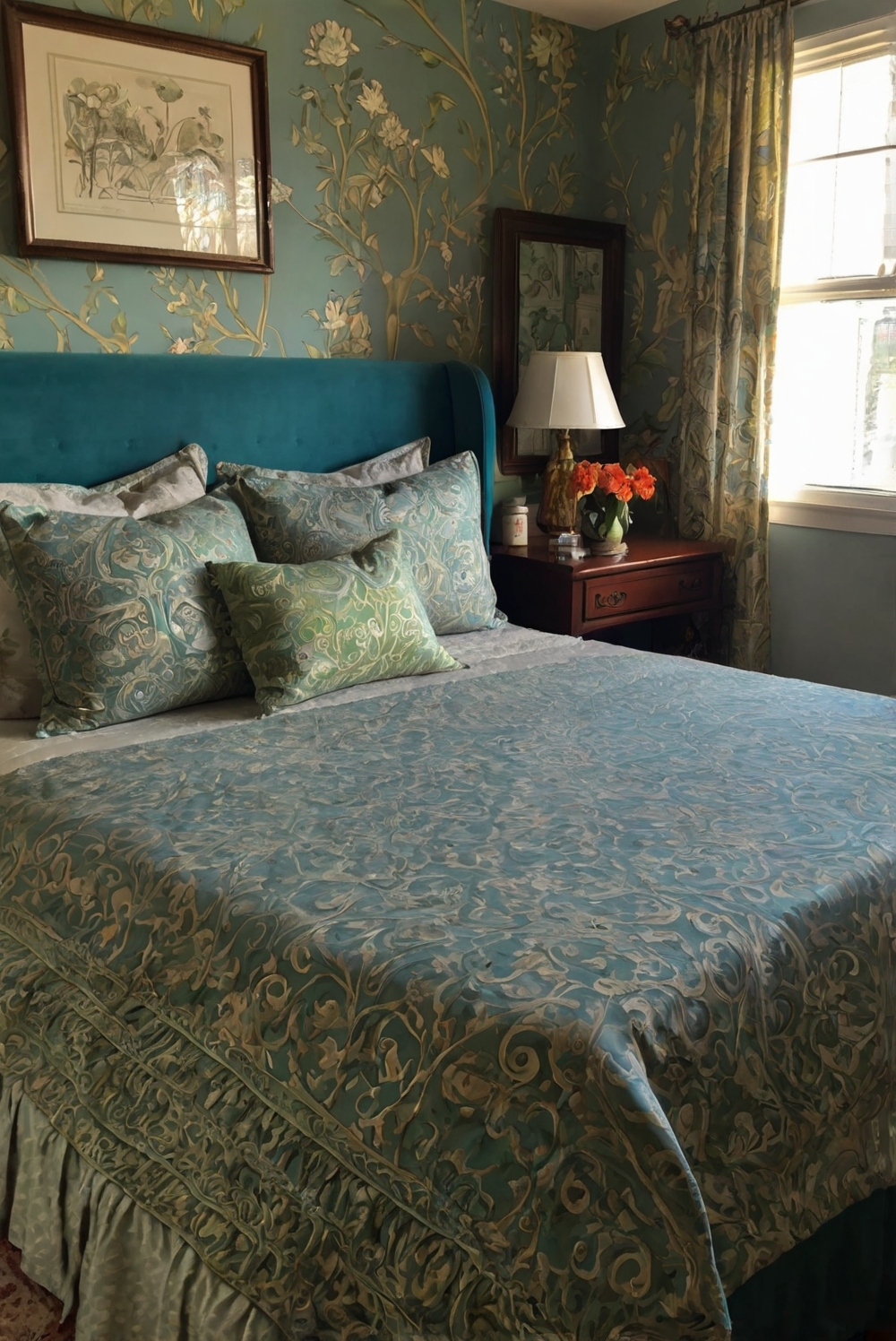
Discover how to expertly mix and match bedding patterns in your daily interior designer routine. Unleash your creativity with these practical tips and decore ideas.
Some tips for mixing and matching bedding patterns include:
1. Start with a cohesive color palette to ensure a harmonious look.
2. Mix scales of patterns – pair large-scale prints with smaller, more subtle patterns.
3. Incorporate solids and textures to break up the patterns and add visual interest.
4. Use a variety of patterns such as florals, stripes, and geometrics for a balanced design.
5. Experiment with different combinations to find what works best for your space.
6. Consider the style of your room and the mood you want to create when selecting patterns.
7. Don’t be afraid to layer patterns for a dynamic and personalized look.
By following these tips, you can create a visually appealing and stylish mix of bedding patterns that enhance the overall ambiance of your home.
What Are Some Tips for Mixing and Matching Bedding Patterns?
When it comes to mixing and matching bedding patterns, it can be a fun and creative way to add personality and style to your bedroom. However, it can also be a bit overwhelming if you’re not sure where to start. Here are some important tips to keep in mind:
Start with a Color Scheme:
Before you dive into mixing patterns, it’s essential to establish a color scheme for your bedding. Choose a base color that will serve as the foundation for your patterns. It could be a neutral color like white, grey, or beige, or a bold color that you love. Once you have your base color, you can then select patterns that complement and enhance it.
Scale and Proportion:
When mixing patterns, consider the scale and proportion of each pattern. Mix large-scale patterns with smaller ones to create visual interest and balance. For example, pair a large floral print with a small geometric pattern for a harmonious look. Avoid using all large or all small patterns as it can make the bedding appear too busy or too plain.
Contrast and Balance:
Contrast is key when mixing patterns. Pair bold patterns with more subtle ones to create a balanced and cohesive look. For instance, pair a striped duvet cover with a floral sheet set to add visual interest without overwhelming the eye. Make sure to distribute the patterns evenly throughout the bedding to create a sense of balance.
Consider Texture:
When mixing patterns, don’t forget to consider texture as well. Incorporating different textures like velvet, linen, or satin can add depth and dimension to your bedding. Mix and match different textures to create a luxurious and inviting look. For example, pair a smooth satin pillowcase with a chunky knit throw for a visually appealing contrast.
Layering is Key:
Layering is essential when mixing patterns in bedding. Start with a solid-colored duvet cover or comforter as your base, then layer on different patterned sheets, pillowcases, and throws. Mixing and matching patterns in layers will create a dynamic and visually interesting bed ensemble. Don’t be afraid to experiment with different combinations until you find the perfect mix.
In conclusion, mixing and matching bedding patterns is a great way to showcase your personal style and create a unique and inviting bedroom. By following these tips and considering color schemes, scale, proportion, contrast, balance, texture, and layering, you can create a beautiful and cohesive look that reflects your individuality. Have fun experimenting with different patterns and textures to create a bed that you’ll love coming home to every night.
1. How can I mix and match bedding patterns effectively?
Mixing and matching bedding patterns can add depth and interest to your bedroom decor. To do this effectively, start by choosing a color scheme that ties all the patterns together. Consider using a mix of large, medium, and small-scale patterns to create balance. Pair geometric patterns with organic or floral designs for a visually appealing contrast. Don’t be afraid to experiment with different textures, such as velvet, linen, or silk, to add richness to your bedding. Finally, layering different patterns with solid-colored pieces can help create a cohesive look.
2. What are some popular bedding patterns to mix and match?
Popular bedding patterns to mix and match include stripes, florals, plaids, polka dots, and geometric prints. These patterns can be combined in various ways to create a cohesive and stylish look. For example, pairing a floral duvet cover with a striped throw blanket can add visual interest to your bedding ensemble. Mixing different patterns in similar color tones can help tie the look together. Additionally, consider incorporating a solid-colored piece, such as a bed skirt or pillowcase, to balance out the patterns and create a harmonious design.
3. Are there any rules to follow when mixing and matching bedding patterns?
While there are no strict rules when it comes to mixing and matching bedding patterns, there are some guidelines to keep in mind. First, consider the scale of the patterns – mixing large and small-scale patterns can create visual interest. Secondly, choose a color scheme that ties all the patterns together – this could be a common color or complementary hues. Additionally, try to vary the types of patterns you use, such as pairing a floral print with a geometric design. Experimenting with different combinations can help you find a look that suits your personal style and preferences.
4. How can I incorporate different textures when mixing and matching bedding patterns?
Incorporating different textures is a great way to add depth and dimension to your bedding ensemble. Consider mixing materials like cotton, velvet, silk, or linen to create a tactile experience. For example, pair a smooth cotton duvet cover with a plush velvet throw blanket for a luxurious touch. Mixing textures can also help break up the visual impact of multiple patterns and create a more balanced look. Don’t be afraid to experiment with different materials and textures to find a combination that feels cozy and inviting.
5. What are some tips for creating a cohesive look when mixing and matching bedding patterns?
To create a cohesive look when mixing and matching bedding patterns, start by selecting a color palette that ties all the patterns together. Choose a dominant color and incorporate it throughout your bedding ensemble. Consider using a variety of patterns in similar color tones to create a harmonious look. Additionally, layering different patterns with solid-colored pieces can help balance out the visual impact and create a polished finish. Mixing textures and varying the scale of the patterns can also add depth and interest to your bedding. Experiment with different combinations until you find a look that feels cohesive and visually appealing.


